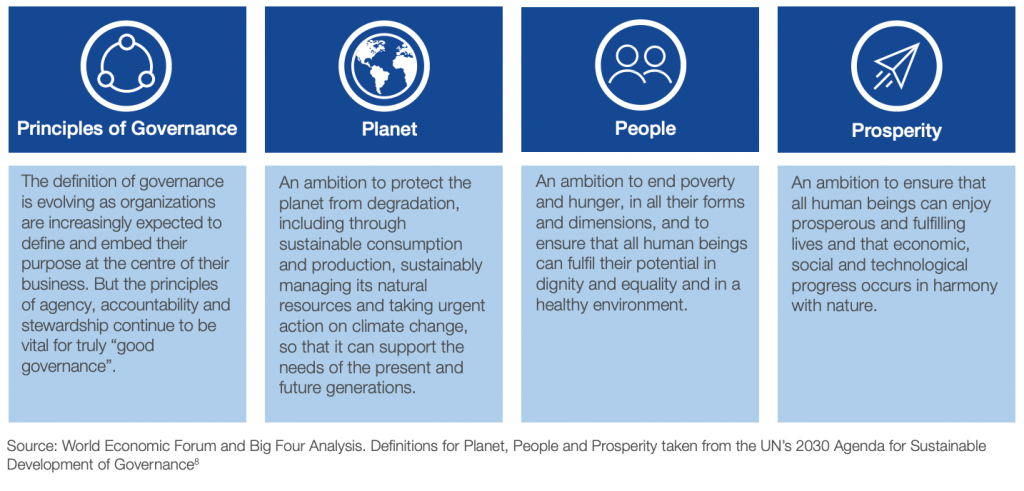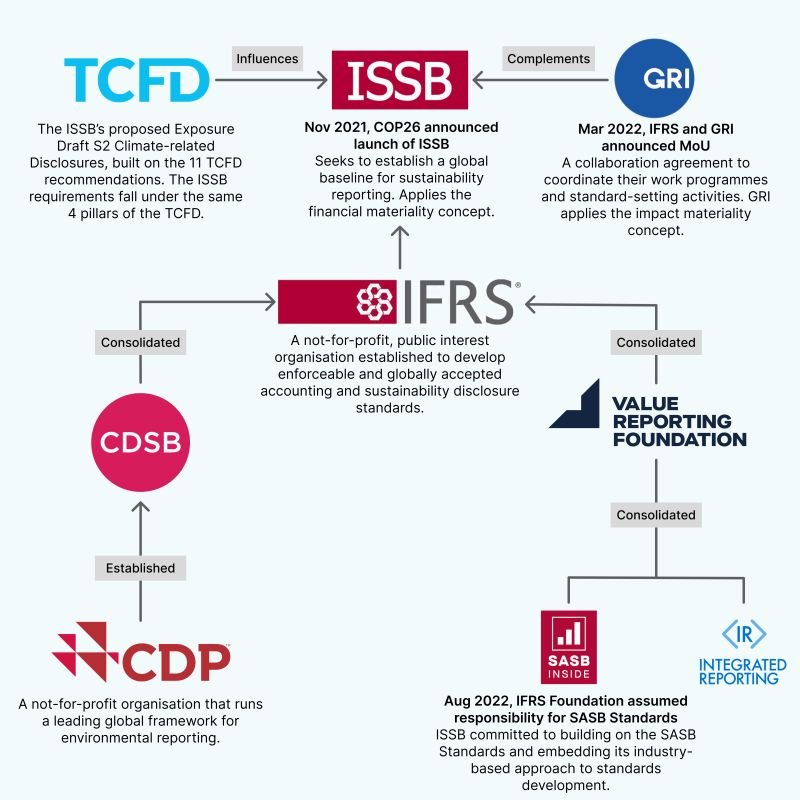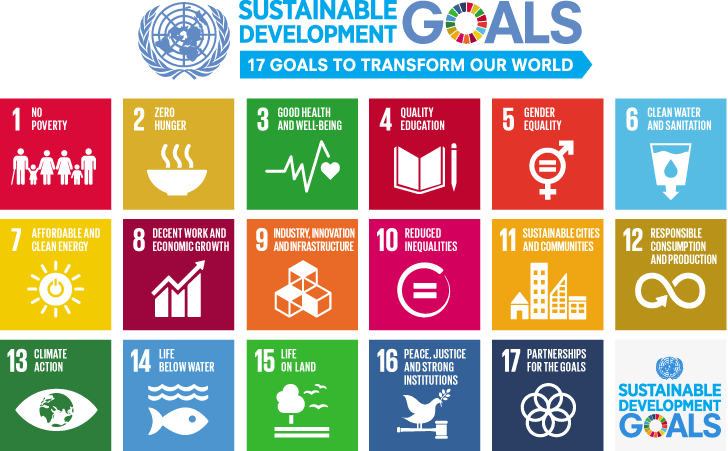What is Sustainability and ESG?
The pursuit of sustainability can mean many different things to different people. Most commonly it means trying to meet the needs of the present, without compromising the ability of future generations to meet their own needs (Bruntland Commission).
Image: World Economic Forum
Sustainability is more than environmental impacts – it means achieving long term prosperity for all. That is, it considers three domains of social, economic and environmental sustainability.
More recently, organisations are concerned about both sustainability and ESG – Environmental, Social and Governance – dimensions.
Sustainability tends to be ‘inside-out’ work, focusing on earth systems and social dynamics, whereas the lens of ESG work tends operate as ‘outside-in’ when managing the value and impacts of an enterprise. That is, ESG responds to the material risks and opportunities which are considered by key stakeholders as critical to the enterprise. Note that single materiality in ESG focuses on the viability of the enterprise itself, whereas double-materiality considers broader social and community impacts (such as social-license to operate) as well as the environmental impacts of an organisation (which can backlash and become a risk if ignored).
Globally, ESG and sustainability performance expectations are rapidly growing, with many countries legislating to increase transparency and accountability including:
- climate-related risks and opportunities (including financial implications, decarbonisation and resilience); and
- nature-based risks and opportunities (including investment action with win-win-win outcomes from financial, social and environmental perspectives).
A wide range of frameworks and tools are proliferating to support reporting and action/progress – sometimes referred to the alphabet soup (pictured below).
[The long-standing Greenhouse Gas Protocol and Principles of Responsible Investment are complementary to the above.]
In addition to the above, the United Nations’ Sustainable Development Goals (SDGs) are relevant to all organisations. These clearly define the world we want — applying to all nations and leaving no one behind. The SDGs were finalised in September 2015, all 193 Member States of the United Nations adopted a plan for achieving a better future for all — laying out a path over the next 15 years to end extreme poverty, fight inequality and injustice, and protect our planet. Here’s how companies can play a role through the UN Global Compact and its Ten Principles. The Ten Principles of the United Nations Global Compact are derived from: the Universal Declaration of Human Rights, the International Labour Organization’s Declaration on Fundamental Principles and Rights at Work, the Rio Declaration on Environment and Development, and the United Nations Convention Against Corruption.
Businesses can sign up to the Global Compact and raise ambition to address the SDGs.
Find out more here: https://www.unglobalcompact.org/take-action/sdg-ambition
Other ways of looking at sustainability
One way of looking at sustainability is by giving back to a depleted and vulnerable world through ‘Positive Development’ as coined by architect Janis Birkeland – it’s about repairing the living systems that humans have disrupted. Others refer to this as seeking to become Net Positive (at least in terms of carbon).



